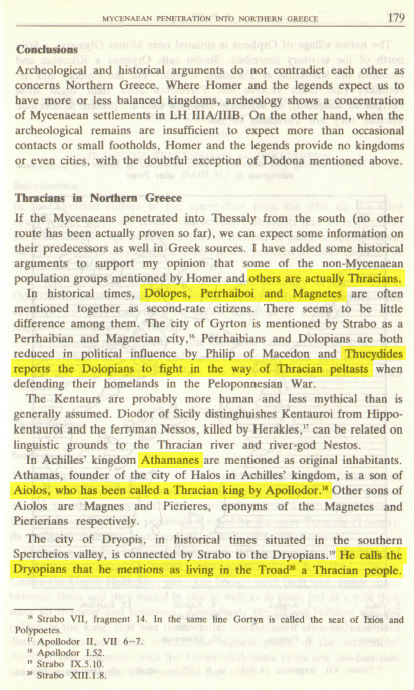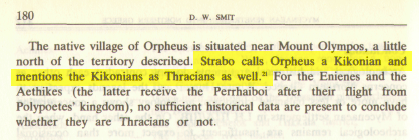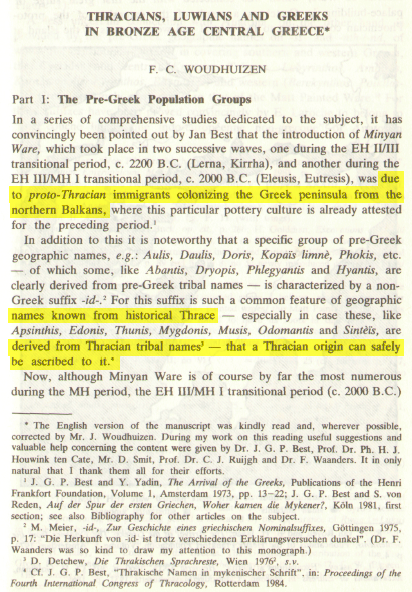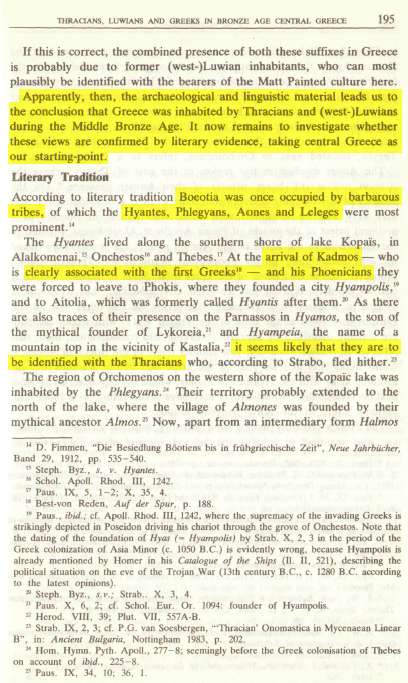Originally posted by tchaiku
View Post
"From the time of Homer, the Thracians were legendary for their horsemanship."


Thracian clothing refers to types of clothing worn mainly by Thracians, Dacians but also by some Greeks. Its best literal descriptions are given by Herodotus and Xenophon in his Anabasis. Depictions are found in a great number of Greek vases and there are a few Persian representations as well.




















Leave a comment: